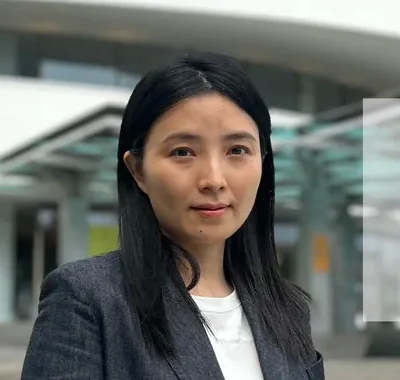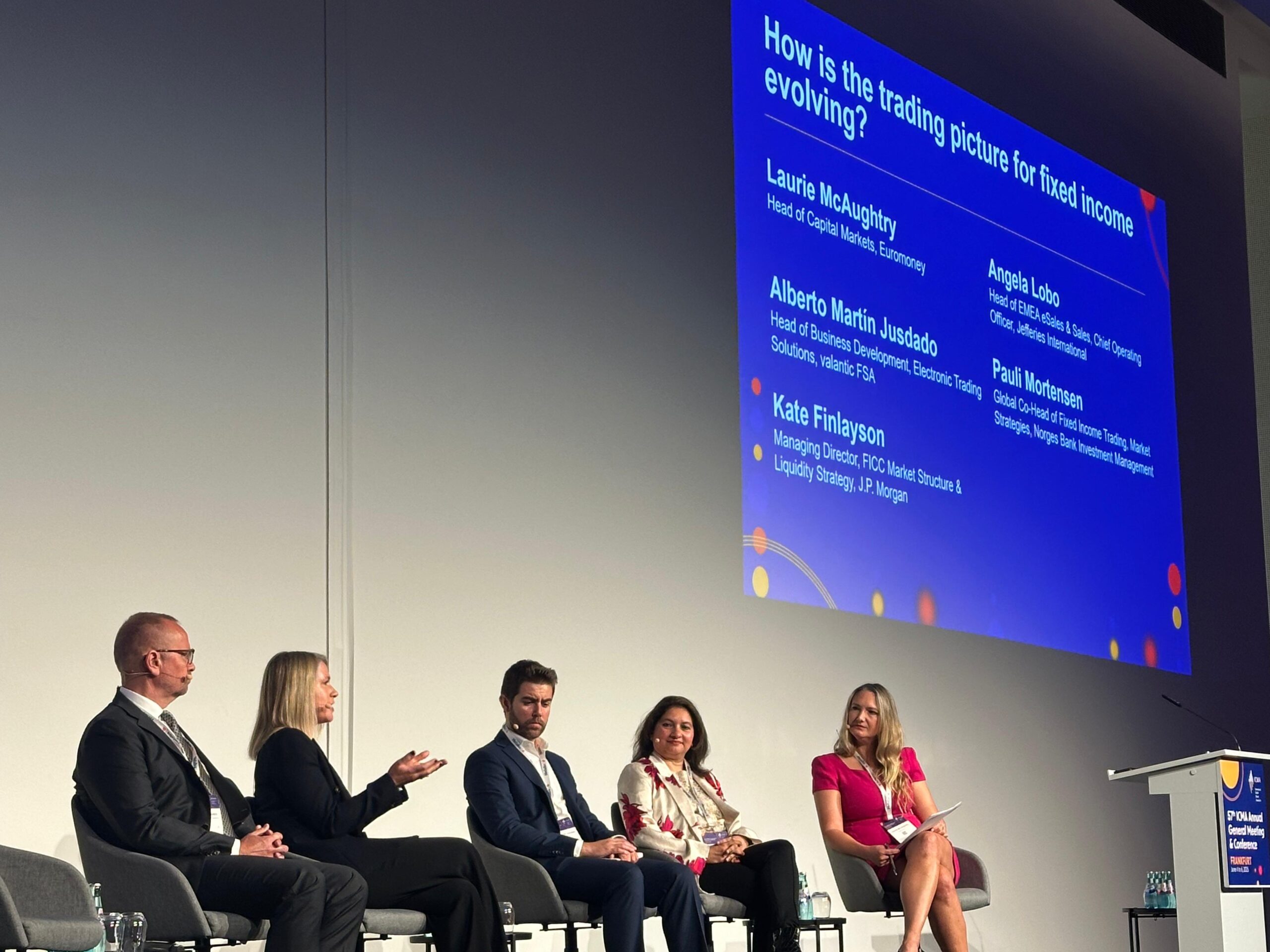The year of the dragon opened with a brief rally on Hong Kong’s stock market, which then slumped back into its familiar malaise. Korean investors, with substantial stakes in structured products pegged to the Hang Seng China Enterprises Index (HSCEI), are watching nervously.
The figures reveal the extent of their concern. Over W19.3 trillion ($11.7 billion) of equity-linked securities (ELS) linked to the HSCEI – which tracks the largest Chinese corporates listed in Hong Kong – have been issued in Korea. Domestic banks have sold 82% of them.
The bulk of them are maturing this year and the current loss rate hovers at around 50%: as of January 26, four banks – Kookmin, Shinhan, Hana and NongHyup – had confirmed investor losses totalling W312.1 billion, out of the W588.8 billion-worth of products they sold.
Heakyu Chang, senior director of financial institutions at Fitch Ratings Korea, says that while losses would not directly affect the credit ratings of Korean banks, some may face hefty compensation demands, denting their profitability.
He forecasts tighter regulatory oversight on product sales, which could reduce banks’ commission and fee income.
A veteran banker from Hong Kong muses: “The whole world has learnt the hard lessons of 2008, but it seems to have bypassed Korea.”
He drew parallels to Hong Kong’s mini-bond debacle in 2008, which faded post-crisis due to stringent product registration and sales protocols.
Amplified risk
This is not a novel structured-product predicament for Korean banks.
They previously ran into trouble for derivative-linked securities (DLS) sales pegged to foreign interest rates. In 2019, local authorities mandated compensation for up to 80% of DLS investor losses.
Yet, by 2021, Korean banks had pivoted to the HSCEI-linked ELS. The HSCEI soared past 12,000 points in February 2021 but has since plummeted to the 5,000 mark, precipitating substantial investor losses.
Structured products are common in other markets, but Korea’s HSCEI-linked ELS is unique for two reasons. The first is its three-year maturity, compared with the typical six-month maturity of structured products sold in Hong Kong. This longer exposure amplifies the risk of market downturns.
Additionally, these products involve cash settlement. If the HSCEI falls below 50% of its initial value, all losses are realized on the expiry date, leaving no chance for potential recovery post-expiry.
“These two features make this product the highest risk possible; it’s crucial to match the product risk profile with the investor’s risk appetite,” says Tommy Ong, founder of TO & Associates Consultancy, who previously led DBS Bank’s wealth management solutions for Greater China.
It is reasonable to ask if the HSCEI-tied ELS products strike a fair risk-return balance
He adds that due to strong sales code enforcement in Hong Kong, structured products are now mainly restricted to savvy investors. Their scrutiny has naturally weeded out poorly designed, high-risk, low-return offerings.
It is reasonable to ask if the HSCEI-tied ELS products strike a fair risk-return balance. They promise an annual return of around 5%, contingent upon the HSCEI hovering between 50% to 110%. Should the index climb more than 10%, the bank can redeem the product, thus halting further coupon payments. Conversely, a dip below the 50% mark subjects investors to heavy losses.
The bulk of these products was sold in early 2021 to retail investors when the HSCEI peaked. At the time, institutional investors hedged against a potential downturn by purchasing put options. Retail investors, in contrast, were essentially assuming the counter-positions: by entering these ELS products, they were, in effect, shorting the put options.
If all that is not staggering enough, these products also incorporate a knock-in feature, compelling retail investors to find themselves shorting a knock-in put option. What a term!
For the average investor, the structures of these products can be bewildering, leading to misconceptions of them as akin to secure, fixed-income investments. What exacerbates the situation is that the bet is not based on a well-known index such as the Hang Seng.
“The HSCEI is not a large index and it has low liquidity,” says one banker. “I wonder if local investors in Hong Kong are really familiar with this index, not to mention retail investors in South Korea. I even doubt that Korean bank relationship managers understand what they are selling themselves.”
Entrenched mis-selling
The findings of the Korean financial watchdog the Financial Supervisory Service (FSS)’s recent probe into 12 financial institutions unearthed mis-selling, citing failures in risk disclosure and diluted sales standards in pursuit of non-interest revenue.
Reports from Korean media suggest that these high-risk products found their way into the portfolios of those prioritizing principal protection, individuals on the cusp of retirement and even clients earmarking funds for prospective cancer treatments.
Mis-selling could become entrenched. The Democratic Party of Korea has cited FSS data to highlight W6.05 trillion-worth of mis-sold funds, trusts, and insurance products between 2019 and August 2023, impacting some 30,000 individuals. Banks are the principal culprits in this mis-selling wave.
Unless a systemic overhaul supersedes the current product-by-product scrutiny in Korea, and unless the narrative pivots from investor greed to structural inadequacies, such financial scandals are doomed to be repeated.
Investor protection isn’t served by simply scrapping high-risk offerings when things go wrong, a strategy often seen in Korea, with the typical response being to suspend sales of certain products and offer compensation.
There should be a rigorous process of matching products to investor profiles. It is only through such alignment that a resilient financial ecosystem will emerge in which truly innovative and competitive products can flourish.




